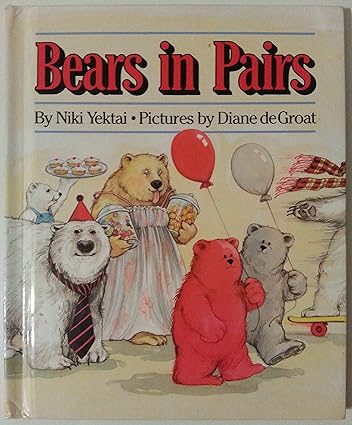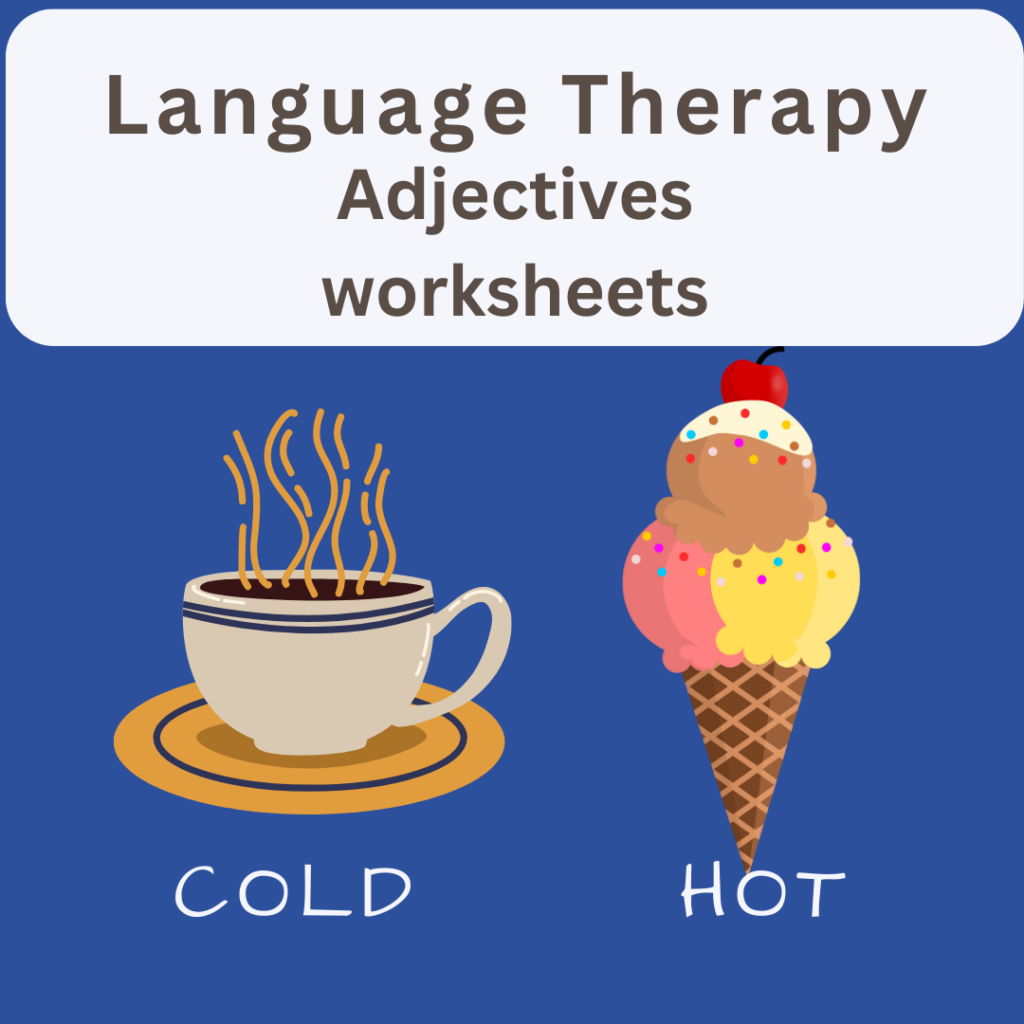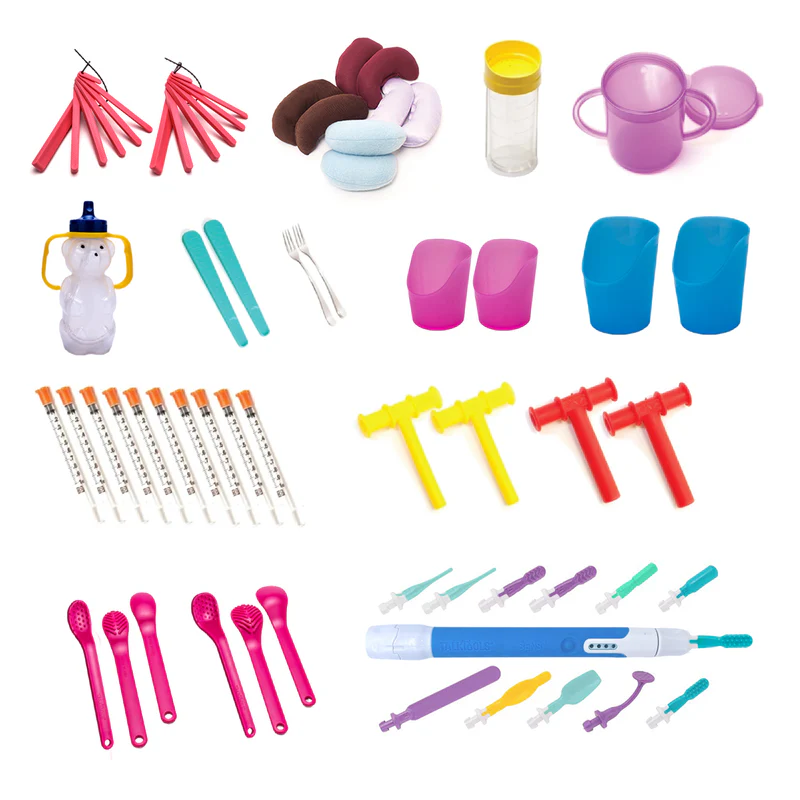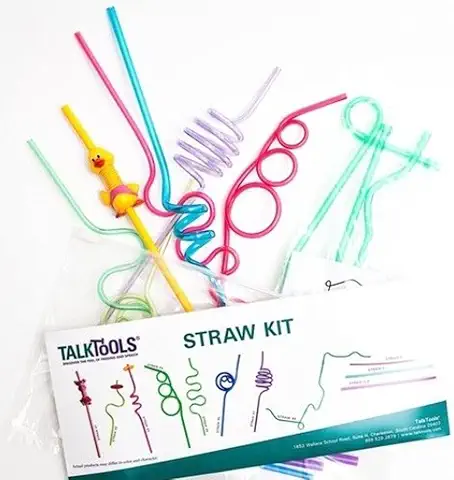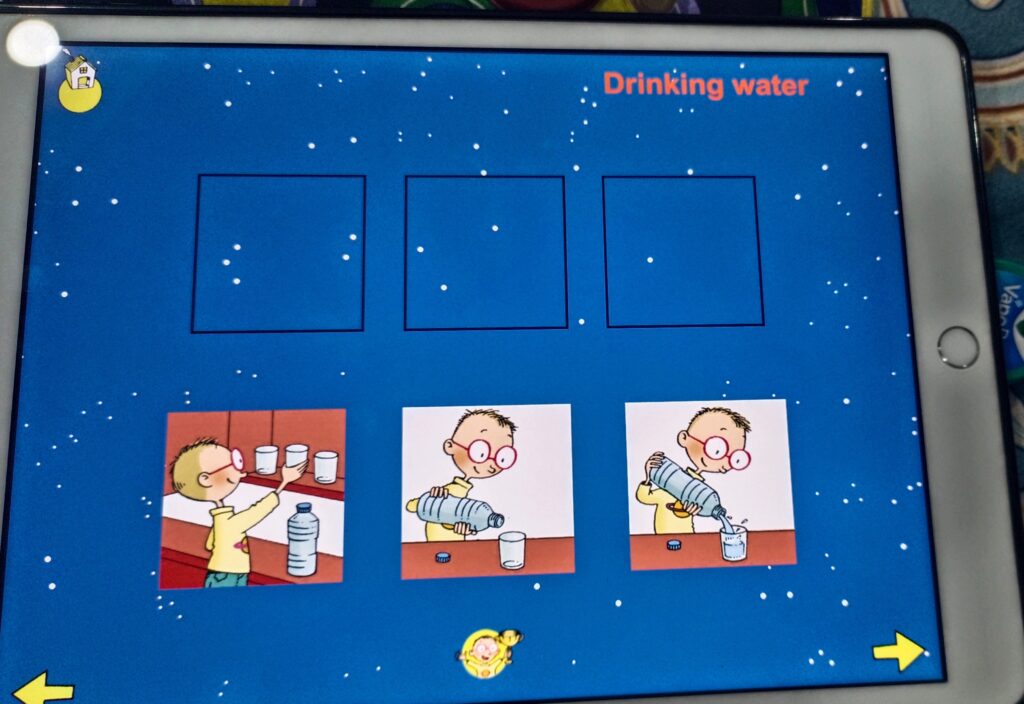Supporting Gestalt Langauge Processors – NLA stage 1
Unlocking Communication of gestalt language processors : Through NLA Stage 1 Navigating Natural Language Acquisition (NLA) Stage 1 is a thrilling part of the language journey for gestalt language processors (GLPs). If your child communicates through echolalia or repeated phrases, this stage marks the foundation of their natural language development. Let’s dive into how you […]
Supporting Gestalt Langauge Processors – NLA stage 1 Read More »


